It really depends on how far you want to extend the WiFi range outside your home. If it’s a few feet into your small backyard, simply changing the position of the router or adding a cheap extender next to the wall should do the trick. But, if you want to cover a far larger area, things can get complicated and far more expensive.
The best and most stable option is to connect a wireless access point to the router via a cable to reliably push the network farther away. But, if wires aren’t an option, you do get the possibility to use a WiFi extender which, although not that reliable, it should still work. And I saw that some people were also suggesting using outdoors mesh WiFi system. Which I suppose makes sense if you have the budget.

But, the use of mesh systems to push the range far predates Netgear Orbi’s ambitions, down to the early days of the small OpenMesh pucks. There were phenomenal projects where remote villages would receive access to the Internet with the use of multi-hop mesh systems. It wasn’t elegant, but it worked. And, since lots of access points have mesh built-in, you don’t necessarily have to use dedicated (and expensive) mesh systems. Lastly, some people want to cover miles with a PtP system, so let’s explore some of these interesting options.
Use outdoors WiFi extenders
I have dedicated an entire article for the best outdoor WiFi extenders and I am actually currently preparing to check the TP-Link EAP610-Outdoor to see how well it works as a WiFi extender. After I did test the EAP610-Outdoors, I saw that it didn’t really support the Extender Mode, despite the initial claims from some retailers. That being said, after setting up both the Mikrotik NetMetal ac2 and >the DrayTek VigorAP 920R, it became painfully obvious that the bandwidth was more than halved and the throughput wasn’t nearly as good as it would have been if these devices were operating in access point mode.
That’s because the WiFi extenders need to communicate with the router, as well as with the clients back and fourth, so a lot of the available bandwidth is simply wasted. At the same time, I won’t deny the practicality of such a device where cables are difficult to install. And speaking from personal preference, I hate installing cables both indoors and outdoors.
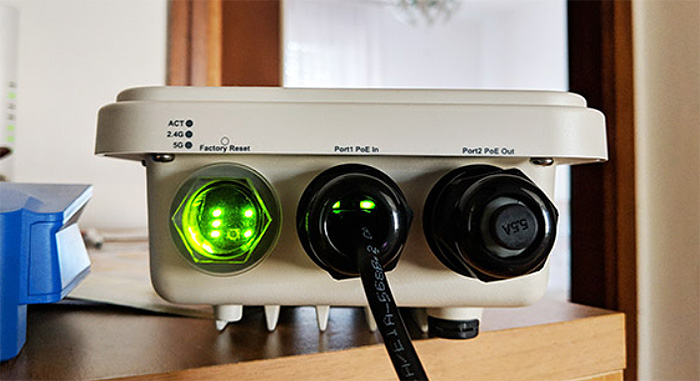
What I would suggest if you’re willing to go this route is to use at least a dual-band WiFi extender and, if possible to try to upgrade your network and the main client devices to WiFi 6. That’s because the new WiFi standard is built to deal a lot better with interference and far-away client devices won’t slow down the network. I did a full analysis on whether WiFi 6 improves range and the conclusion is that it definitely can. You can take a step forward and go with WiFi 6E since it will open up an entire new frequency band, but this is more of an option in the future, when compatible client devices will be more widespread.
Extend the WiFi range outdoors with access points
I think this is the best solution by far. That’s because you connect the access point via Ethernet cable (as well as a power cable, if necessary) and you get the full available bandwidth to serve your wireless clients. Like I already mentioned, I know you hate cables outdoors, but hear me out.
Get an inexpensive unmanaged PoE switch and a pair of Ubiquiti access points (you can choose the nanoHD if you prefer WiFi 5 or the U6-LR for the WiFi 6 standard). Connect the switch to the router and one access point to the Ethernet switch using a fairly long Ethernet cable. The beauty of this approach is that you get to power on the AP using PoE, so no need to use power cables. Then, make sure that the AP is positioned on the external walls.
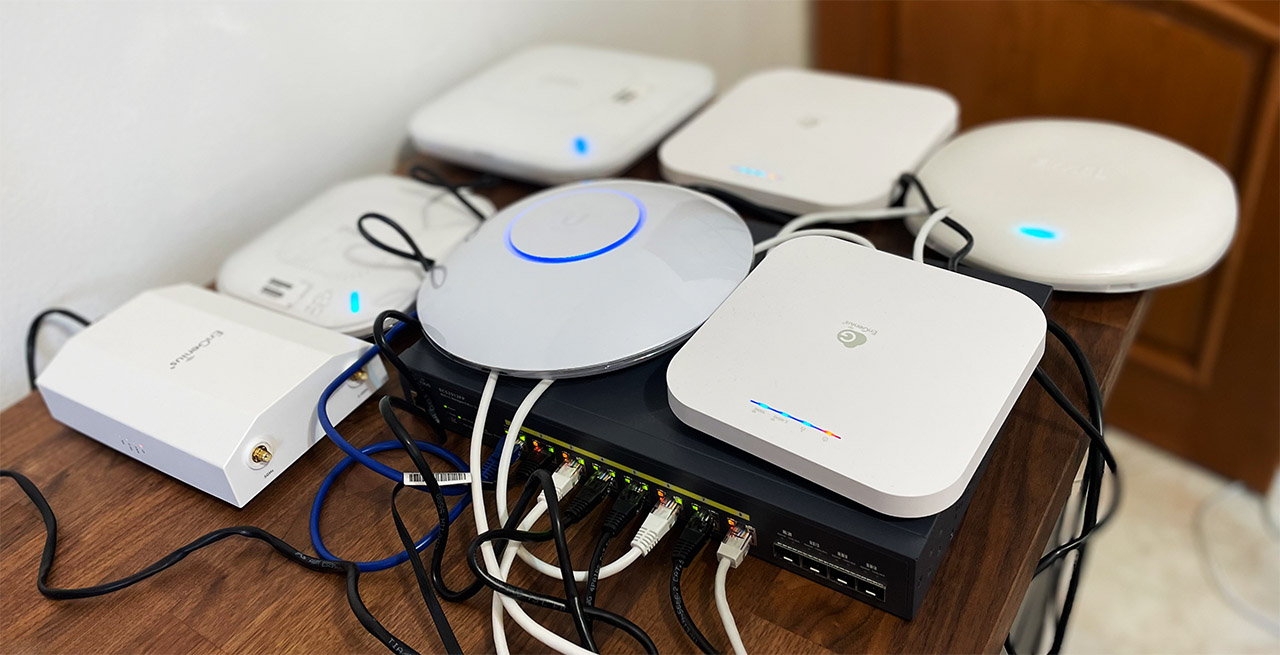
Ubiquiti, TP-Link, Netgear, EnGenius, Zyxel, all offer the possibility to use some form of the mesh technology. In the case of Ubiquiti, they call it Uplink (rightfully so). So, the secondary access point will be positioned somewhere in the range of the first AP, but far enough as to broadcast its own signal without overlapping with the client devices inside the house. This way, you should be able to cover a few dozen feet (or more) outside your home without spending a fortune. And let’s not forget that you can’t beat SMB or enterprise-grade hardware.
Will WiFi extenders and access points survive outdoors?
As you may have anticipated, outdoors access points look very different than the indoors ones, well, with the exception of Ubiquiti APs, but we’ll talk more about that in a minute. The idea is that these devices need to survive outside conditions which include dust and water ingress, lightning (as much as possible) and extreme temperatures.
I have tested a few rugged access points and some of the best built ones were the EnGenius EWS850AP and the DrayTek VigorAP 920RP. Even if made of plastic, these devices were robust, could withstand extreme conditions, especially the VigorAP 920R. The Mikrotik NetMetal AC2 also has a metallic case which is great for mechanical shocks, but is a level below the aforementioned APs in terms of weather-proofing.
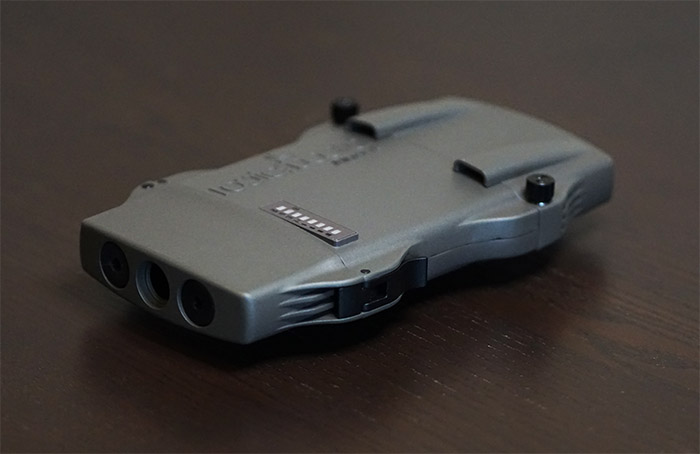
The problem is that these devices are also very expensive, although not more than what Netgear is currently asking for their WiFi 6 outdoor mesh systems.
So what about Ubiquiti? The UAP-AC-Pro, the nanoHD and the U6-LR should survive outside conditions, if you keep them from constant direct exposure to the elements. This means that it’s not as rugged as other outdoor-suitable APs, but it should do decently well if positioned on the soffit of a building or some similar spot.
Should you use WiFi mesh systems to extend the range outside?
Looking at the prices of the Netgear Orbi outdoors WiFi 6 mesh system, I would say pass, but it’s a very valid option if you have the money to spend for it. These units are IP56-rated, so they’re slightly bit better than the Ubiquiti U6-LR, but they’re still behind the properly rugged access points out there.
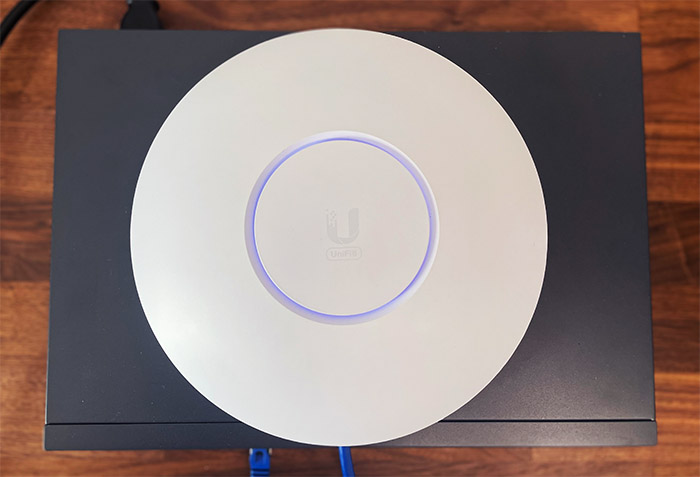
But, I have noticed that you don’t really get many options for mesh systems suitable for outside conditions, so Netgear released the outdoors satellite mostly for the people that already have an Orbi system in their home. This is pretty much the targeted audience and it makes sense to expand an existing network instead of spending close to $1000 for a new system. Which is why I still suggest going with the access points mesh setup to work as a mesh system. Also, I need to mention that I saw that TP-Link has released the Deco X50-Outdoor which is an alternative to what Netgear Orbi is currently offering.
Can your client devices use the Internet outdoors?
A lot of people focus towards whether the router or access point can broadcast the signal as far away as possible that they forget that not all client devices are equal and a lot of them use very bad WiFi adapters. So, even if you manage to push the signal far away outside your house, it’s very possible that at some point, even if the client devices (be it a laptop or a smartphone) do connect to the WiFi network, the access point or router won’t ‘see’ them back.
That’s a problem which appears especially when people raise the transmit power to increase the range of their network. In return, the only consequences are far more interference, annoyed neighbors and half your IoT devices unable to connect to the network. Oh, and let’s not forget that if the far away client device does successfully connect to the WiFi network, it’s going to do so at a low data transfer rate.
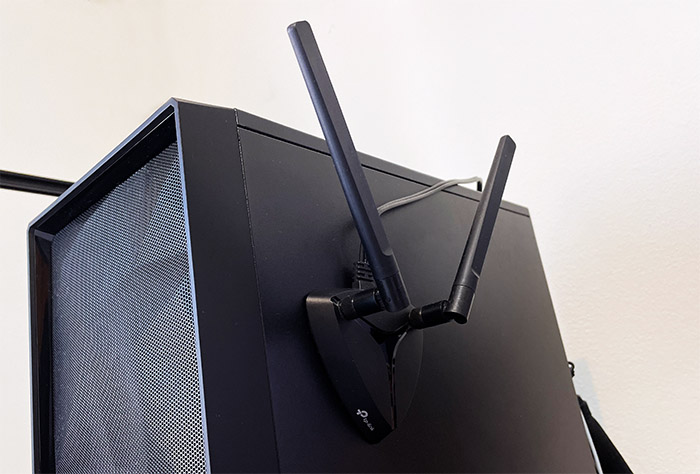
And, if it’s also on the 2.4GHz (which can reach farther than the 5GHz), it’s simply going to slow down the entire network. So, if you thought that forcing the signal outside the house and as far as possible would help increase the range outside your home, well, it’s not going to work the way you think it may. Unfortunately, this can be achieved only with extra hardware in most situations.
Push the signal for miles!
Not all people want to cover only their backyards, some want to broadcast the signal for miles. Obviously, having the signal uniformly covering miles of land is a far-away dream still, unless you decide to use the Starlink. No, the idea is to push the signal from one AP to the other, where there is line of sight and this can be achieved using PtP (Point to Point) or PtMP (Point to Multi Point) access points.
These type of devices usually come with a separate antenna (dish-type) and the power output is far higher than the regular home-suitable access points. But can you use them for a larger backyard? Yes you can, but it’s going to be overkill since they’re designed to push the signal towards a specific spot, while devices with omni-antennas are far better for this application, even if there’s a shorter range (than a few miles..).

Mark is a graduate in Computer Science, having gathered valuable experience over the years working in IT as a programmer. Mark is also the main tech writer for MBReviews.com, covering not only his passion, the networking devices, but also other cool electronic gadgets that you may find useful for your every day life.
